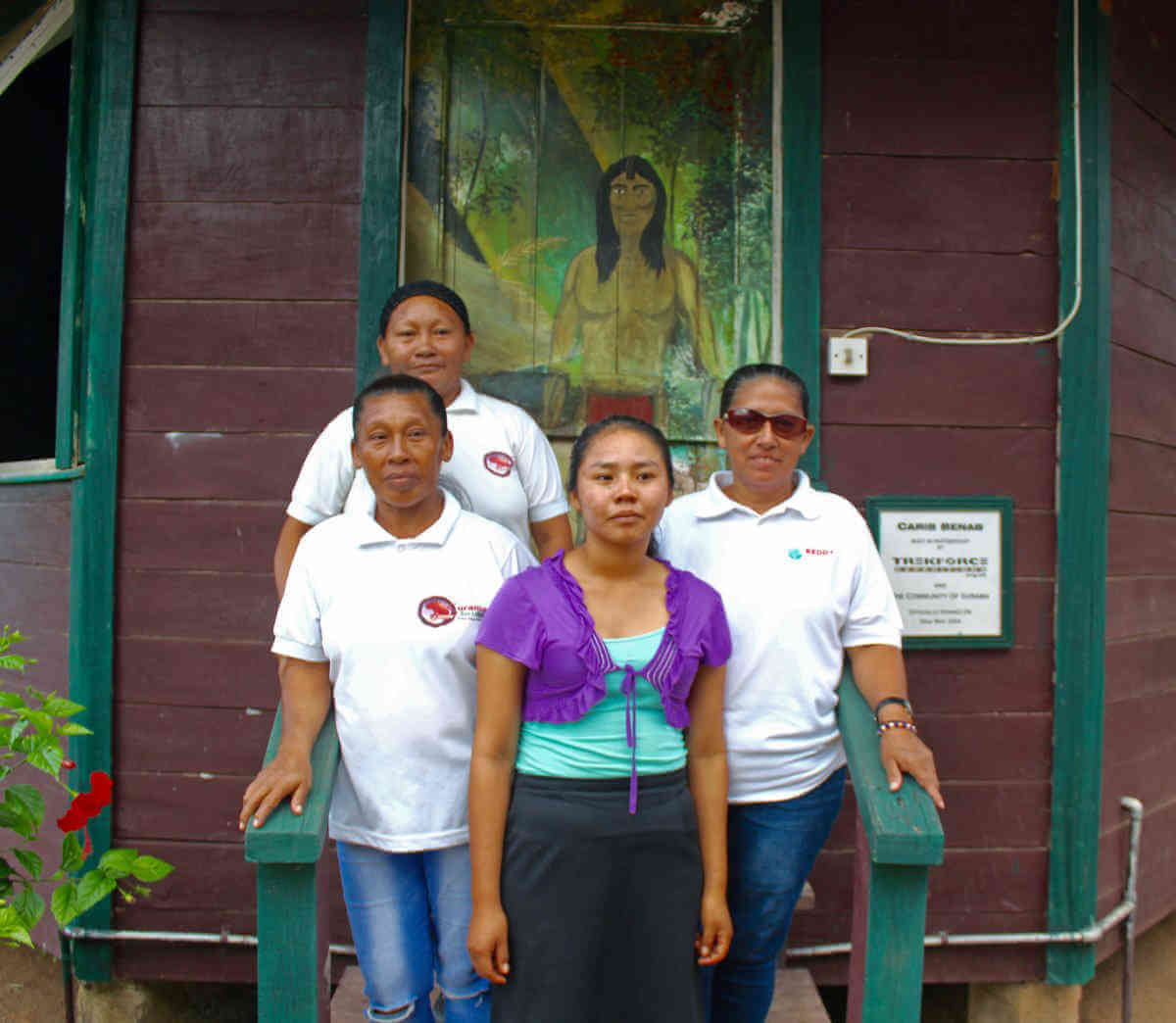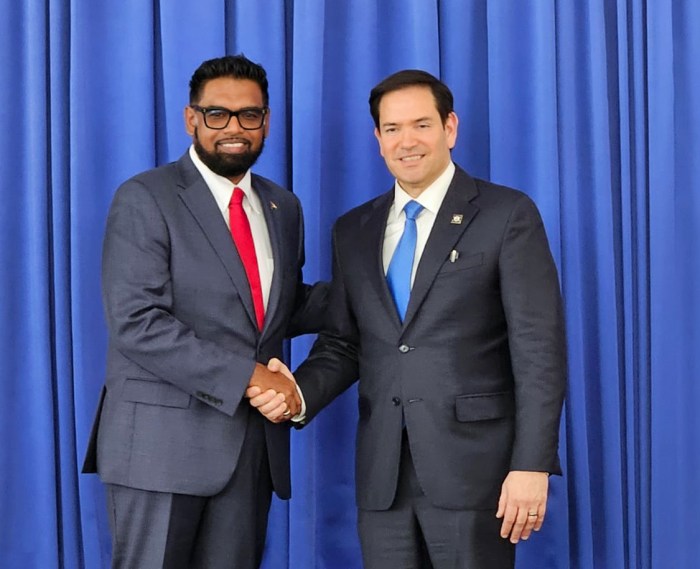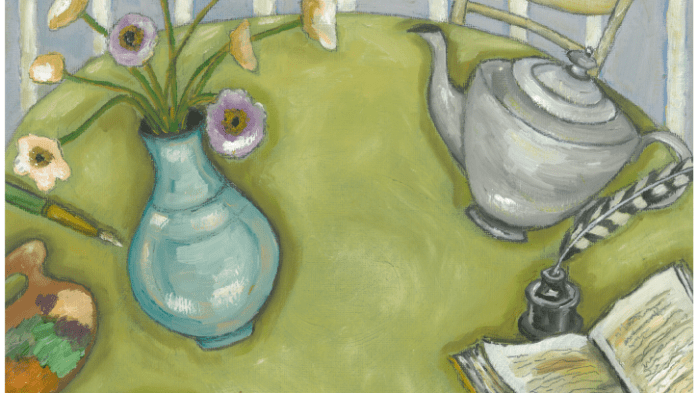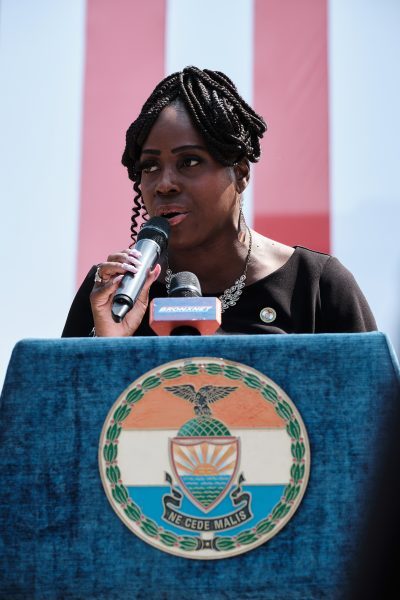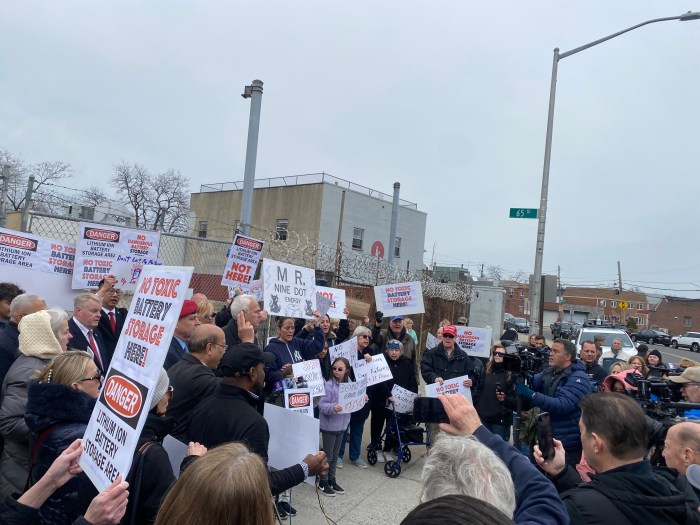Jackie Allicock is one of only about, 14 female Toshaos in Guyana’s indigenous communities who are leading the eco-tourism charge and attracting worldwide travel to Surama Village, in the North Rupununi Savannahs.
According to Allicock, more women are assuming responsibilities to build strong communities, taking the lead in the hinterland region and empowering themselves through leadership conferences.
Surama’s inhabitants are mainly from the Makushi tribe, whose homeland is the now protected Iwokrama Rainforest, and where they still observe many of the traditional practices of their ancestors.
The Allicock family, the first native people to occupy this part of the region are introducing tourist to their villages, with activities including bird watching, hiking, rafting in the Buno Buno River, and sharing their unique culture through entertainment and presentations.
The tiny village of Surama is the focal point of an innovative sustainable ecotourism project designed to create jobs and generate incomes for local people within the community.
The natives have developed, owned and managed a community-based eco-tourism business by constructively using the natural resources and traditional culture in a socially proper way.
They offer opportunities for their people through research, training and employment, working in partnership with agencies in other villages.
Despite instability in the tourism sector in this region, due to costly air transportation, that can cause a three-hour travel by road to get to Surama Lodge, Allicock insists, tourism has allowed the village to thrive.
She said the Coalition government, the private sector and the Guyana Tourism Authority, partner with the village to develop and keep up Guyana’s eco-tourism package, while villagers are hands-on in building their communities.
“We have to do the work to maintain our villages. We are playing a very important part. Tourism reminds us of where we came from,” said Allicock, adamant, and despite some set backs, tourism remains an important part of development.
Tourists immerse themselves in the unique indigenous culture.
“We want to careful not to hunt the wildlife and over harvest our fish, but we make sure tourist have a distinctive experience when they visit,” said Allicock, a senior manager who uses these opportunities to pass on traditions to the next generation.
Youngsters from age eight are members of a junior wildlife club that prepares youths to share with visitors what the village has to offer.
The 18 wildlife clubs of the North Rupununi are vibrant community-based, that give members an opportunity to gain firsthand experience in natural resource management, environmental stewardship and partnership at the Iwokrama canopy walkway.
Additionally, foreign university students, from far away as Europe and North America, come to learn about ecology and conservation. According to Suram
Surama Eco-Lodge is a community tourism project operated by the Amerindian community, also offering basic but clean and comfortable lodging. The Eco-Lodge is the perfect place to learn about Amerindian culture while exploring the pristine Guyana rain forest.
Allicock said she looked forward to infrastructural development, that would include a roadway from Georgetown to Lethem Village, with an extension to accommodate more that 2000 tourists per year in Surama, just enough, to bring revenue, without disturbing the ecological trails and rivers.
“Guyana is getting on the map, but oil should not be the only resource for development. We should focus more on tourism. We have a blessed country, and fortunate to have what we have here,” opined Allicock.
America’s #1 travel magazine, National Geographic Traveler counts Surama Eco-Lodge among the world’s best lodges in last year’s roundup of world-class accommodation, the first such distinction for a Guyana property and a tremendous endorsement of Guyana’s unique Amerindian style of community based tourism.



